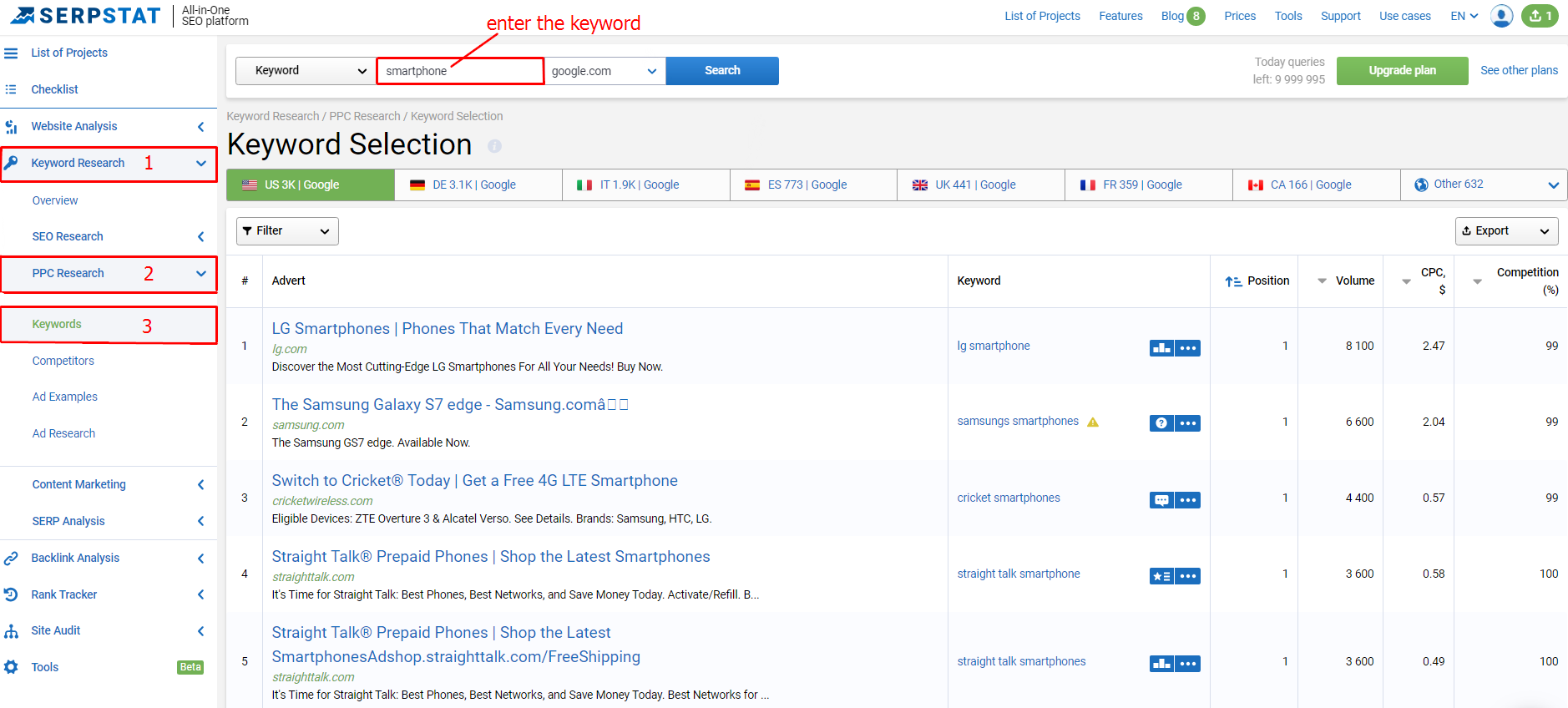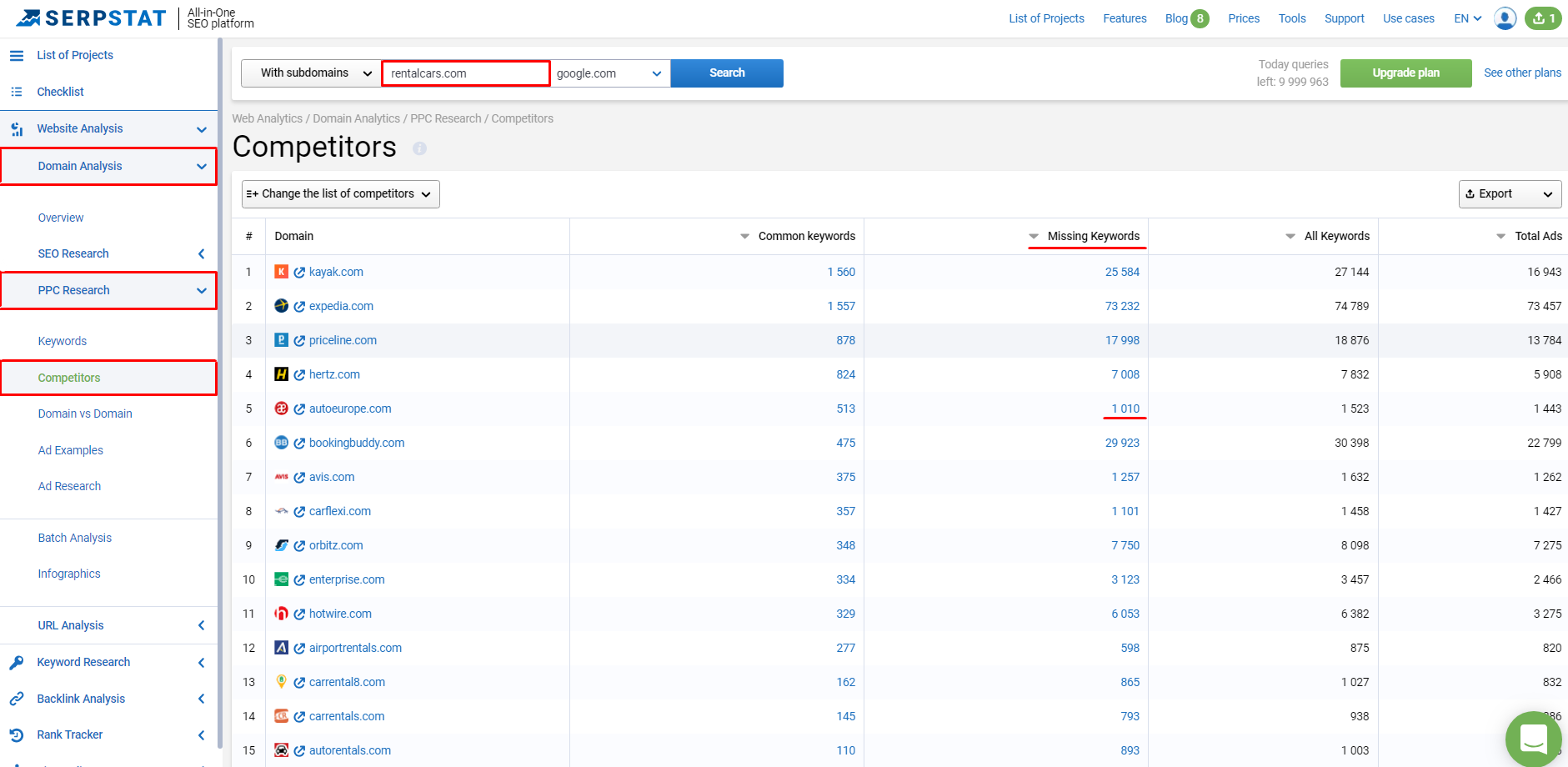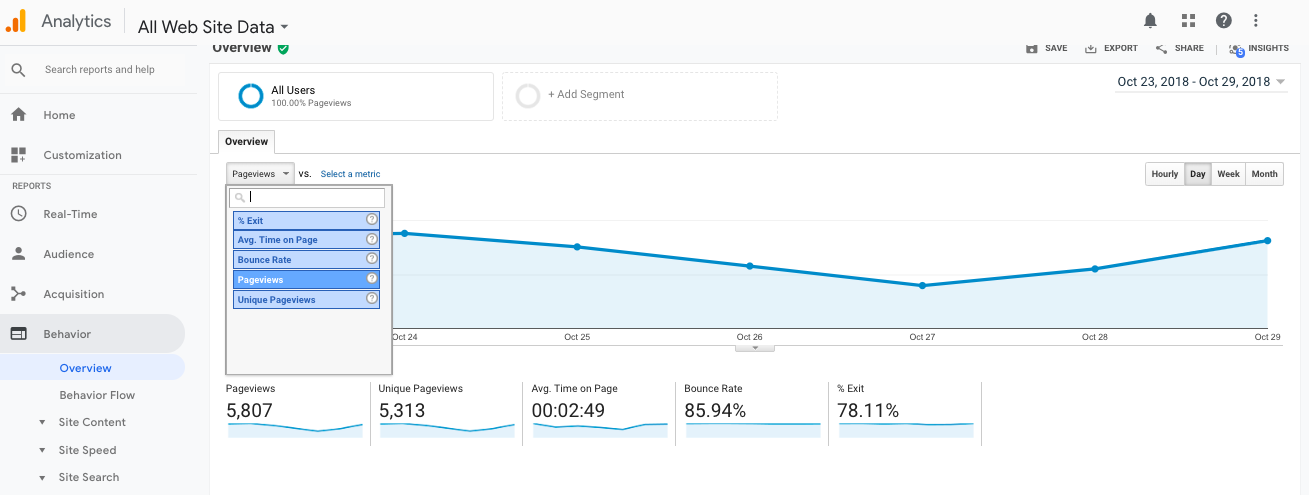Website owners and marketers always struggle to reach the top of the search engine results page. SEO allows them to succeed and maintain their positions, but often it’s never quite enough. To see even better results and thus improve your business’ ROI, you should constantly be looking for other ways of getting your product or service to a bigger audience.
Google’s research finds that for every $1 spent on Google Ads, businesses bring in about $2. Not only that, but “businesses overall receive an average of 5 clicks on their search results for every 1 click on their ads.” Still, not every ad campaign makes a remarkable profit because many people don’t know how to set it up properly.
In this article, you’ll find some great tips for a great PPC campaign, namely:
- what you need to start it
- things to consider during your campaign
- data you should track to evaluate its result
Things You Should Know When Dealing with PPC
Everything in the world has its pros and cons – and PPC isn’t an exception.
Advantages of Pay Per Click marketing:
- It’s targeted; you can always choose your audience according to language, location or device they use.
- You’ve got control over it; in contrast to organic SEO, you choose the landing page by yourself.
- Quick results.
- The audience following your link is ready to purchase.
- Brand awareness increases.
Challenges of Pay Per Click marketing:
- You need to allocate a budget for a campaign.
- Constant monitoring of processes is necessary if you don’t want to waste money.
- You need to convince your audience to buy a product by creating magnetic content on your landing page.
- When a campaign is over, your ads will disappear.
It’s worth mentioning that all these efforts are worth the results you’ll get.
Learn More:
Before You Start Your PPC Campaign
PPC ads will bring you results (i.e. profits) only if you know what exactly you’re looking to achieve. First of all, think of the aim of your future campaign. Otherwise, what will you analyze when it’s launched?
Choose one of these goals or come up with your own:
- Increase sales
- Get more leads
- Increase brand awareness
- Gain subscribers
Now, you need to specify your goal by making it concrete, realistic and detailed. For example, if your aim is to gain subscribers, determine how many subscribers you want to get by a certain date.
Secondly, identify your audience to create targeted ads by answering these questions:
- What’s their age bracket?
- Is your product gender-specific?
- What’s the audience’s geographic location?
- What language do they speak?
- Do you need to create ads for mobile versions?
This information will give you an opportunity to target your PPC campaign based on specific criteria. With geo-targeting, you can choose such areas as the specific state, country, region, city, or even an area in the chosen city where your ads will be shown. If a product you promote is age- or gender-specific, then you can include those factors in your ad parameters.
More and more websites get a lot of their traffic primarily from mobile devices, so it’s essential to target the audience both for desktop and mobile. By getting this specific, your ads will be visible for those who are likely to purchase, as opposed to generally targeted ads.
5 Ways to Use SEO for Your PPC Campaign
To create an efficient PPC campaign and be competitive in your niche, you should optimize your ads appropriately. If the ad you paid for doesn’t make people follow the link, you’re wasting your money. So, here are the main things you should consider when working on your PPC strategy:
- Keywords
- Ad copy
- Ad scheduling
- Landing page
- Metrics
Keywords
Select the keywords that describe your blog, service or product best of all. These should be the words that people naturally use when trying to find your site or product. The more keywords you use, the more visibility your page has. Keep in mind that these words should be relevant to the subject of your site; otherwise, people who follow the link to your site or landing page and do not see what they are looking for will immediately return to the search results. This negatively influences your ranking.
There are three basic stages of keyword research:
1) Brainstorm the subject of this particular campaign and write down all main words and phrases describing it.
2) Use SEO tools to widen the semantics. It can be quite difficult to think of all the variations that are connected to your keywords and phrases. And you don’t have to. There are services that can find keywords for you.
Use Google’s Keyword Planner tool, Serpstat or Wordtracker for this purpose. Let’s look at how to do it with Serpstat:

After studying the keywords that the service collected from other successful ads, choose the most relevant ones to your ads.
3) Analyze your competitors’ keywords. This step is for those who want to widen the semantics for their ads. You should check the words that your competitors use to ensure that you didn’t miss anything.
Let’s continue with Serpstat. Enter your domain in the search field, go to Domain Analysis > PPC Research > Competitors. Choose which competitor is the closest to your subject and click on “Missing Keywords”.

Learn More:
Ad Copy
The essential step to an efficient PPC campaign is writing the actual text that will make people pay attention to your ads. The headline needs to be compelling enough to capture the attention of your site visitors.
Let’s investigate the most important parts of your ad copy:
- Use at least one keyword. Choose the most relevant to the content of your page.
- Call people to action. The description you give should consist of a CTA phrase, such as ‘purchase now’, ‘call us’, ‘on sale’, ‘limited time’, etc.
- Add extensions. A business address, additional links, a phone number, and other information will increase CTRs (click-through rates) and positively influence your position in the search engines.
One more tip for how to write a good ad is to analyze your competitors. Pay attention to the keywords they use as well as the entire text of their ads to improve your own ad copy, but don’t simply mimic your competitors.
Such analysis can be conducted with the help of SEO tools, such as Serpstat, SEMrush, Ahrefs, etc. If you use SEMrush, enter the domain of your competitor in the search field, go to Domain Analytic > Display Advertising. Choose the tab “Ads”.

Ad Scheduling
Do you know what day and what time of the day your ad brings the best results? The answer to this question is important if you want to improve your advertising strategy.
Different times give you different results from the campaign you run. For example, if your audience has a ‘standard’ eight-hour working day, the best time for advertising will be early mornings and late evenings. This is the time when most of these people are online.
Use Google Analytics to observe the most productive time for your ads. To analyze this information, you should run your AdWords account for a few months at least to get all the information about the activities of your audience. When you have this data, you can improve the scheduling for your ads.

Landing Page
The page that people come to after following the link from your ad influences whether they purchase, subscribe or continue exploring your blog (whichever your goal is). The content on this page is important not only for users but also for search engines.
For high ranking, this page should be well-optimized, containing comprehensive information, quality images and relevant keywords. These are the basic factors you should always consider when creating your PPC landing page:
- It should be relevant to the keywords you use in ads.
- Keep your ad headline and the landing page headline the same. As with keyword relevance, this prevents your visitors from getting confused — and a confused visitor is one who will go elsewhere.
- One ad = one landing page. Create one ad per landing page to easily identify the way each ad affects your conversions.
- Add high-quality and relevant images to make your content engaging. If you sell a product, show its photo from different angles.
- Place testimonials on your landing page. Many people choose a product not by its description or image, but by other customers’ reviews.
- Include a strong and clear call to action that drives your customers to take the next step. Learn how to create an effective CTA here.
- Make sure to optimize your landing page for mobile so you don’t limit the success of your campaign — as 50% of mobile search is aimed at local businesses.
- Optimize your site’s page loading speed: 71% of searchers expect a mobile website page to load faster than desktop and they will bounce if it doesn’t.
In short, make sure that visitors get what they expect when they come to your landing page — and know exactly what to do once they’re there.
Learn More:
Metrics
Now that you’ve successfully launched your PPC campaign, the work is not done! Continue analyzing your campaign because you should be improving your strategy steadily, and to do that, you need to know the statistics of the results you are getting.
When you discover what’s working, you’ll want to double down on that, and if something’s not working, you’ll need to figure out why so you can avoid doing that in the future. The SEO tools I mentioned will help you with monitoring all this.
With Google Analytics, you can easily track your metrics including page views, number of site visitors, bounce rate, and conversion rate, within a certain period (week, month, year). By analyzing these numbers, you’ll discover where you need to improve your strategy so you can avoid future mistakes.

Conclusion
Paid advertising is the most productive option when it comes to driving traffic to your site. Before planning your PPC campaign, think of your goals, monitor the market, and collect all the necessary information. Remember that optimizing your ads is the key to great results. Never stop developing your business strategy!